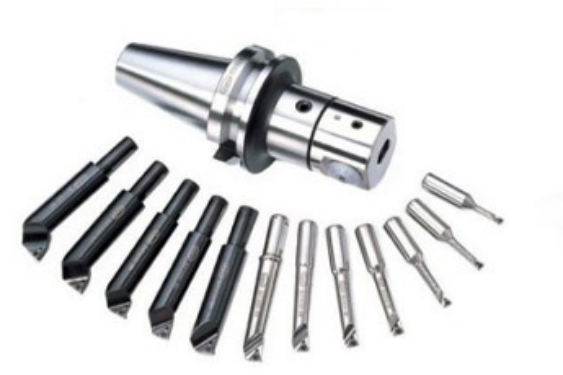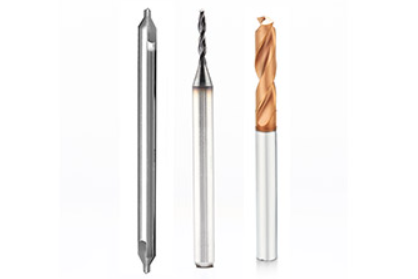Different Hole-Making Tools and Their Applications
Views: 4433
Author: Site Editor
Publish Time: 2022-01-18
Origin: Site
Hole-making refers to a group of machining techniques that are used to create a hole in a workpiece.
While Machining is a material removal technique that involves using a machine, a workpiece, a fixture, and a cutting tool to produce designs on a part by completely removing undesirable material.
A cylindrical tool with sharp teeth is fastened inside a collet, which is then coupled to the spindle, which spins the tool at high speeds.
Material is removed away in the form of little chips by feeding the cutting tool into the workpiece to generate the desired feature.
Broaches, countersinks, reamers, and drilling tools are all examples of hole making tools. Let's look at five of the most prevalent sorts of hole making tools and how they're applied.

Cutting a Hole in Five Different Ways
Certain aspects should be addressed while designing a hole making operation to identify the appropriate tool choice.
Consider the sort of material you're working with, and the diameter and depth of the hole. Consider the tool itself as well. Is it simple to use? Adjustable? What level of expertise is required?
Hole making tools have opened a plethora of new commercial application possibilities across a wide range of manufacturing industries particularly in metal working industry.
Now, Let's look at some excellent metalworking tools for hole cutting.
Drill Bits and Drilling
Hole-making instruments are most usually linked with drilling and drill bits.
They offer a rapid, simple, and cost-effective method of producing machined holes.
Drill bits cut a through-hole or blind hole with an identical dimension to the tool's diameter after entering the workpiece axially.
You'll be able to locate the ideal industrial drill bit for every purpose thanks to the large range of forms and materials available.
In addition, Drill bits come in a variety of shapes and sizes.
Broaches
A broach part is just a long, multi-toothed hole-making tool which cuts with deeper incisions as it progresses.
Broaching is advantageous because it yields parts with exceptional precision and surface polish.
Broach tools are used in a variety of sectors for a variety of purposes.
Center Drill
A countersink and pilot drill make up a center drill.
They're commonly used to make a center hole in a workpiece to allow for seamless turning across centers and load support when the load rotates.
As they're very stiff and less inclined to wander, these hole-making tools are preferred. Furthermore, angles of central drill bit hole are usually 60 degrees.
Reamers
These metalworking tools have a high level of precision, making them ideal for gradually enlarging existing holes.
They function by eliminating the smallest quantity of material out from workpiece. This procedure is usually used after drilling to get the cleanest inner finish and most precise hole diameter.
The chuck reamer is the most popular and commonly used type of reamer.
Morse taper reamers, automobile reamers, welding machinery reamers, taper pin reamers, left and right-handed spiral reamers are some of the others.
Counterbore
Counterboring, which is commonly done after drilling, is excellent for operations that involve using a fastener to sit flush with a workpiece surface.
These hole-making tools are usually available in two cutting diameters: one for the hole and one for the sunken head chamber.

Locating the best Hole making Tool Manufacturer
We provide hole making tool for any application, from drill bits to countersinks.
We also have a wide range of metalworking tools available, Without a doubt, you'll discover exactly what you're looking for right here.
Contact us today to know more about our outstanding products.
If any other question, please contact us:
- Tel: +86 769-85646282
- Email: info@dohrecnc.com
- Address: Room 203, Building 2, Songhu Zhigu Research Center, No. 6, Minfu Road, Liaobu Town, Dongguan, Guangdong, China




